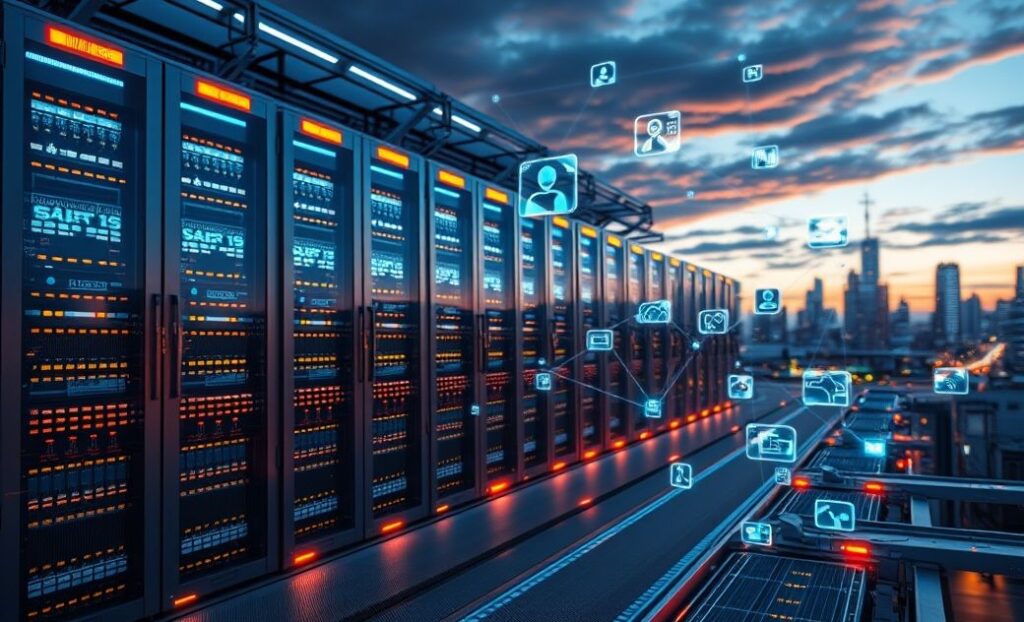Edge computing is gaining momentum in the technology landscape, primarily because of its ability to redefine cloud infrastructure by bringing computational processes closer to the source of data generation. With the exponential growth of devices connected to the Internet of Things (IoT), businesses and industries are seeking ways to optimize their data processing and reduce latency. This article explores how edge computing is reshaping cloud infrastructure, offering efficient data management and improved performance.
Understanding Edge Computing
Edge computing refers to the processing of data near the edge of the network, where data is generated, rather than relying solely on centralized cloud data centers. This approach aims to reduce the distance data must travel, thus minimizing latency and enhancing real-time data processing. By supplementing cloud tasks with edge capabilities, companies can better manage resources and improve user experiences.
Key Benefits of Edge Computing
The most significant advantage of edge computing is its ability to reduce latency. With data processing taking place closer to the source, response times are significantly quicker, enhancing applications that require real-time processing, like autonomous vehicles and virtual reality.
Another critical benefit is bandwidth optimization. By processing data locally instead of transmitting everything to the cloud, companies can significantly reduce the burden on network bandwidth. This efficiency is crucial for applications like video streaming and IoT devices, where data is continuously generated and analyzed.
The Impact on Cloud Infrastructure
The integration of edge computing with cloud infrastructure is evolving how businesses manage data. This hybrid approach allows for more flexible, scalable, and resilient operations. By shifting some processes to the edge, companies can ensure their cloud infrastructure is not overwhelmed by the massive influx of data.
Decentralization of Data Processing
One of the major shifts brought about by edge computing is the decentralization of data processing. Instead of relying solely on central data centers, computational power is distributed across various edge devices and nodes. This improved distribution helps in managing data flow more efficiently and reduces the risk of network bottlenecks.
Enhanced Security and Privacy
Edge computing also improves data security and privacy. By processing data locally, sensitive information can be retained close to its source, reducing exposure to potential cyber threats. Additionally, edge devices often include advanced security features to protect data at various points in the processing chain.
Challenges and Considerations
While the advantages of edge computing are evident, there are challenges to consider when integrating it into existing cloud infrastructures. Businesses must navigate issues such as data consistency across various locations and ensure seamless integration between edge and cloud systems.
Managing Edge Infrastructure
Deploying and maintaining edge infrastructure can be complex. Companies need to establish a robust network of edge devices, which requires investment in new technologies and skilled personnel to manage these distributed systems effectively.
Ensuring Compatibility
Another challenge lies in ensuring compatibility between edge and cloud infrastructure. Seamless data flow between different processing environments is crucial for maintaining accuracy and efficiency in operations. Businesses must invest in software solutions that can bridge these systems and support diverse applications.
Conclusion
Edge computing is undeniably transforming cloud infrastructure by decentralizing data processes, enhancing privacy, and optimizing bandwidth. While it presents formidable challenges, when adequately addressed, edge computing can significantly enhance service delivery and efficiency. As technology continues to evolve, the integration of edge and cloud resources will become increasingly vital for businesses striving to remain competitive and innovative in today’s fast-paced digital environment.
